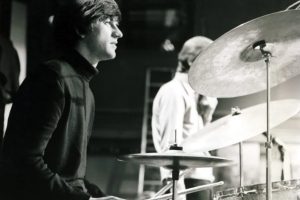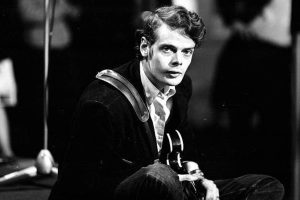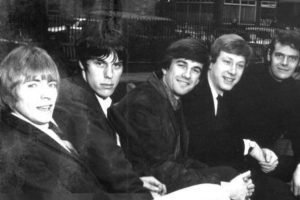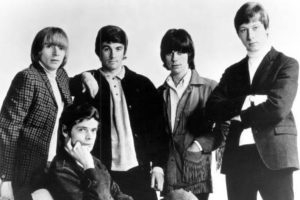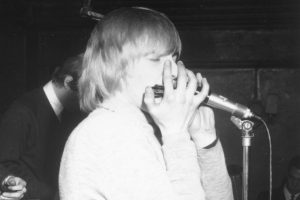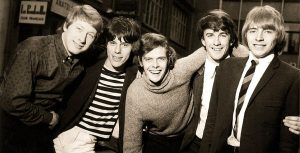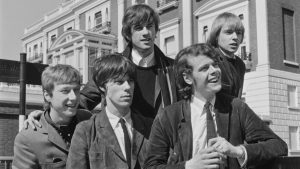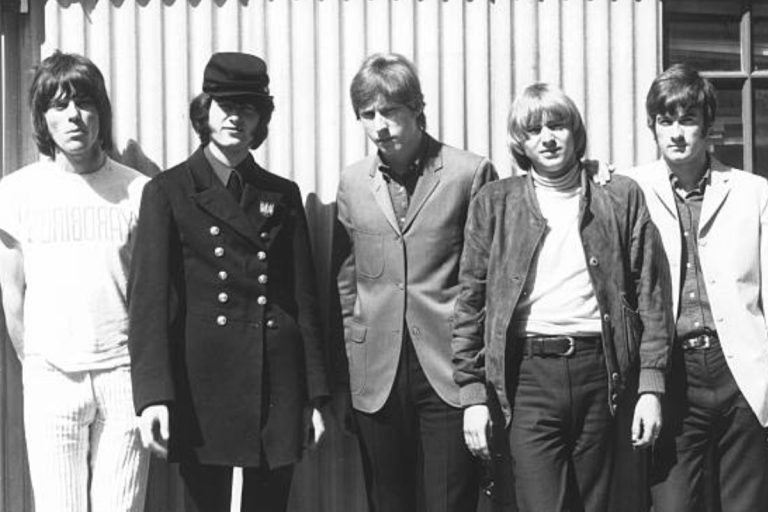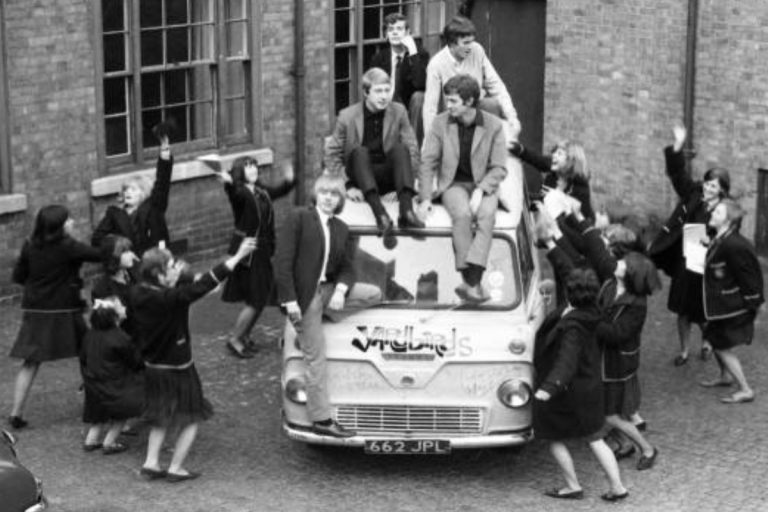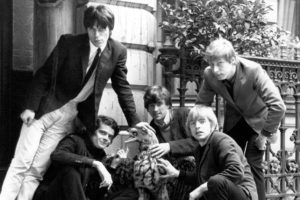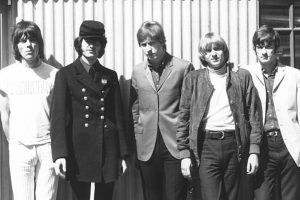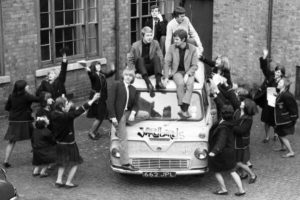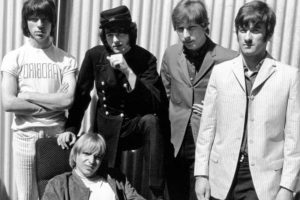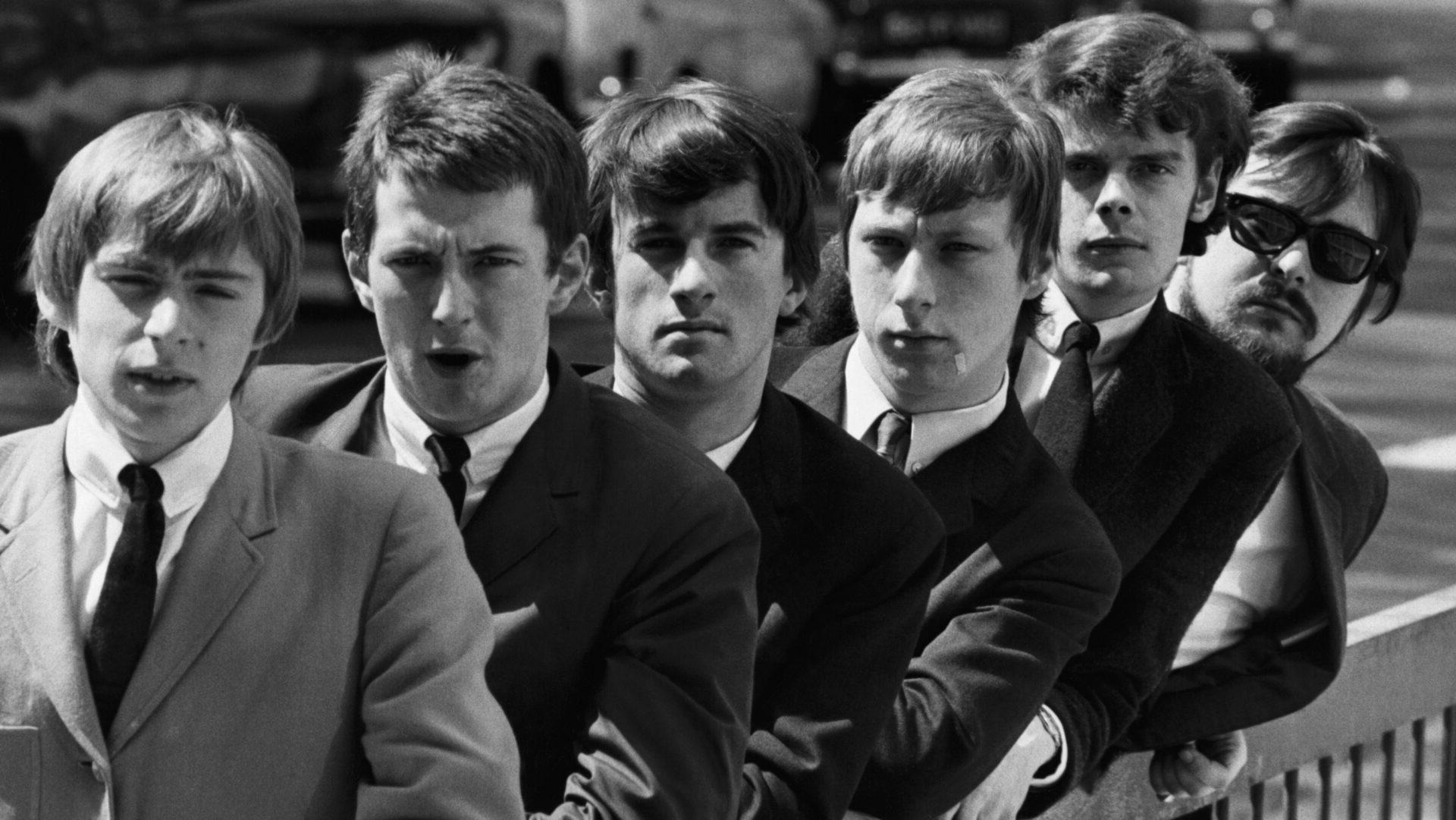
A Journey Through Musical Innovation
The Yardbirds are a quintessential example of a band that continually evolved, leaving an indelible mark on rock history. Their journey from Chicago blues enthusiasts to pioneers of psychedelic rock encapsulates the spirit of 1960s music, a time when genres were being redefined and boundaries were being broken. The Yardbirds were not merely performers—they were trailblazers, pushing the limits of what music could be.
This evolution wasn’t a linear path but a dynamic progression shaped by the talents of legendary guitarists Eric Clapton, Jeff Beck, and Jimmy Page, as well as the changing musical landscape of the time. Each phase of their career reflected their adaptability and creative ambition, influencing genres like progressive rock, heavy metal, and even experimental music. This article explores their transformation, diving deep into their blues beginnings, rock experimentation, and psychedelic innovation.
Blues Beginnings: Laying the Foundation
The Yardbirds emerged in 1963 during the British blues revival, a movement that sought to reinterpret and celebrate the music of American blues legends. The band was deeply inspired by Chicago blues, drawing influence from icons like Muddy Waters, Howlin’ Wolf, and Bo Diddley. These influences defined their early sound, which was characterized by raw emotion, intricate guitar work, and soulful harmonica lines.
The band’s live performances were electric, capturing the gritty essence of blues while infusing it with their youthful energy. Clubs like London’s Crawdaddy Club became the proving ground for their burgeoning talent, where audiences were captivated by their energetic renditions of blues standards.
“Smokestack Lightning,” originally by Howlin’ Wolf, was a standout track in their repertoire. The Yardbirds’ version retained the hypnotic, haunting quality of the original while adding a modern edge. Keith Relf’s gravelly vocals and Eric Clapton’s fiery guitar solos created a version that was both authentic and innovative.
Another staple of their early days was “Boom Boom,” a John Lee Hooker classic. The Yardbirds’ interpretation showcased their ability to modernize blues without losing its essence. The rhythm section’s driving beat, coupled with Clapton’s expressive guitar playing, made the track a fan favorite.
During this period, the band’s commitment to the blues laid the groundwork for their future experiments. Their reverence for the genre’s roots was evident, but so was their desire to push its boundaries.
Transition to Rock: Breaking New Ground
As the 1960s progressed, The Yardbirds began to move beyond their blues roots, incorporating elements of rock and pop into their sound. This transition was marked by their willingness to experiment with original material, a shift that broadened their appeal and marked a significant step in their evolution.
The release of “For Your Love” in 1965 signaled this change. Written by Graham Gouldman, the track’s pop sensibilities and harpsichord-driven arrangement were a dramatic departure from their earlier blues-heavy sound. The song’s polished production and catchy melody propelled it to No. 3 on the UK Singles Chart, cementing The Yardbirds’ status as a commercial success.
However, the shift wasn’t without controversy. Eric Clapton, a staunch blues purist, found the band’s new direction incompatible with his artistic vision. His decision to leave the band shortly after the release of “For Your Love” marked the end of an era but also opened the door for new possibilities.
With Jeff Beck stepping in as lead guitarist, The Yardbirds embraced a more experimental approach. Tracks like “Heart Full of Soul” demonstrated their ability to blend traditional rock elements with innovative ideas. The song featured a sitar-like guitar riff created by Beck, showcasing their willingness to explore new sounds and cultural influences.
Producers like Giorgio Gomelsky played a pivotal role during this period, encouraging the band to take creative risks and refine their sound. This era marked The Yardbirds’ transition from a blues band to a group capable of redefining rock music.
Psychedelic Exploration: Innovators in Sound
By the mid-1960s, The Yardbirds were at the forefront of a musical revolution, embracing the psychedelic movement that was reshaping rock music. This phase of their career was characterized by bold experimentation, as they pushed the boundaries of what could be achieved with sound and composition.
“Shapes of Things,” released in 1966, is a prime example of their innovative spirit. The track’s socially conscious lyrics addressed themes of war and environmental degradation, resonating deeply with the counterculture of the time. Musically, it was a masterpiece of experimentation. Jeff Beck’s use of feedback, distortion, and sustain created a sonic landscape that was as evocative as it was groundbreaking. The song is often hailed as one of the first true psychedelic rock tracks, influencing bands like The Beatles and Pink Floyd.
Another standout track from this period was “Over Under Sideways Down.” The song combined catchy hooks with intricate arrangements, highlighting the band’s ability to merge commercial appeal with artistic innovation. Beck’s guitar work was once again a focal point, demonstrating his unparalleled creativity and technical skill.
The Yardbirds’ embrace of psychedelic elements extended beyond individual tracks. Their live performances became increasingly dynamic and improvisational, featuring extended jams and experimental soundscapes. This willingness to push boundaries made them pioneers of a genre that would go on to shape the late 1960s and early 1970s.
A Legacy of Musical Innovation
The Yardbirds’ evolution from blues interpreters to psychedelic rock innovators is a testament to their adaptability and creativity. Each phase of their career brought new ideas and approaches, setting the standard for what a band could achieve. Their ability to fuse different genres and experiment with sound left an indelible mark on music history, influencing countless artists across generations.
Tracks like “Smokestack Lightning,” “For Your Love,” and “Shapes of Things” remain timeless classics, reflecting a band that was unafraid to challenge conventions and redefine expectations. Beyond their music, The Yardbirds’ legacy is carried forward by the countless musicians they inspired, from Led Zeppelin to modern progressive and experimental artists.
For listeners and musicians alike, The Yardbirds are more than a band—they are a symbol of innovation and the transformative power of music. Their journey from Chicago blues to psychedelic rock is not just a story of evolution but a celebration of creativity and artistic courage.
